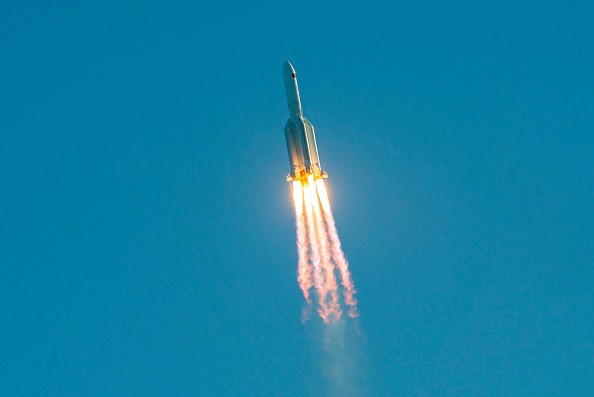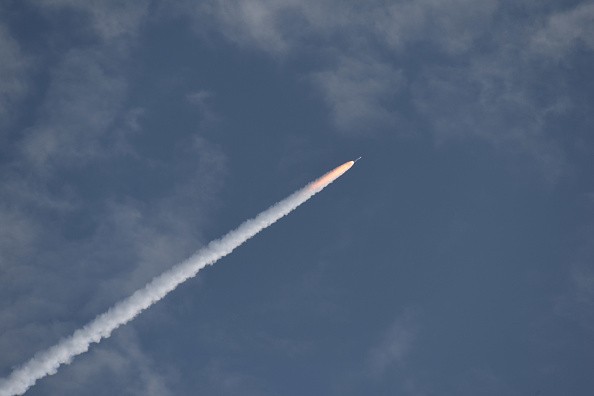Atmospheric pollution is worsening as more rocket propulsion emissions reach the Earth's atmosphere. This alarming information was revealed by a new study conducted by space experts from the University of Nicosia in Cyprus.

For the past few years, numerous space missions have been conducted to further study the universe. More and more space agencies, such as SpaceX and Virgin Galactic, are trying to make commercial spaceflights.
Of course, they still try to complete their spaceflights while limiting negative effects on the environment as much as possible. One of their efforts made is using reusable rockets.
But, it seems like this method is also not enough to prevent the worsening atmospheric pollution.
Atmospheric Pollution Worsens?
According to PhysOrg's latest report, involved researchers explained that even with reusable rockets, space companies should still consider the effects of propulsion emissions.

"Improved understanding of rocket emissions requires modeling and simulation of fluid dynamics of rocket exhaust gases into the atmosphere," said Dimitris Drikakis, the co-author of the new study.
Ioannis Kokkinakis, another co-author, explained that exhaust emissions should not be underestimated, saying that too many space launches could have a cumulative effect on Earth's climate.
University of Nicosia's researchers observed the effects of gases and plumes at several altitudes. Now, here's what they discovered during their space study.
Rocket Propulsion Emissions Remain at High Altitudes
In the new study, which was published by the AIP Physics of Fluids journal, it was revealed that rocket propulsion emissions (thermal nitrogen oxide) can remain at high altitudes.
This happens with an ambient atmospheric pressure above or even below the nozzle's exit pressure.
On the other hand, spacecraft can also emit carbon dioxide that will remain in the mesosphere. Both of these scenarios can further increase the temperature in the Earth's atmosphere, thus worsening global warming.
Because of this, involved researchers said that SpaceX, Virgin Galactic, the New Shepard, as well as other aerospace companies aiming for more commercial spaceflights, should consider the effects of their rocket propulsion emissions before doing additional launches.
Previously, NASA Hubble Space Telescope captured the dazzling "Little Sombrero."
Meanwhile, the SpaceX commercial spacewalk is now being prepared as Polaris Dawn's launch nears.
For more news updates about atmospheric pollution and other space topics, always keep your tabs open here at TechTimes.
Related Article : MIT's New Self-Rearranging Space Station Revealed; Will TESSERAE Be Better Than ISS?
This article is owned by TechTimes
Written by: Griffin Davis




![Most Useful Google Chrome Keyboard Shortcuts You Need to Know to Improve Your Browsing Experience [2024]](https://d.techtimes.com/en/full/449047/most-useful-google-chrome-keyboard-shortcuts-you-need-know-improve-your-browsing-experience-2024.jpg?w=184&h=103&f=476d29fd60df70a67f6679f99a2ca6d0)